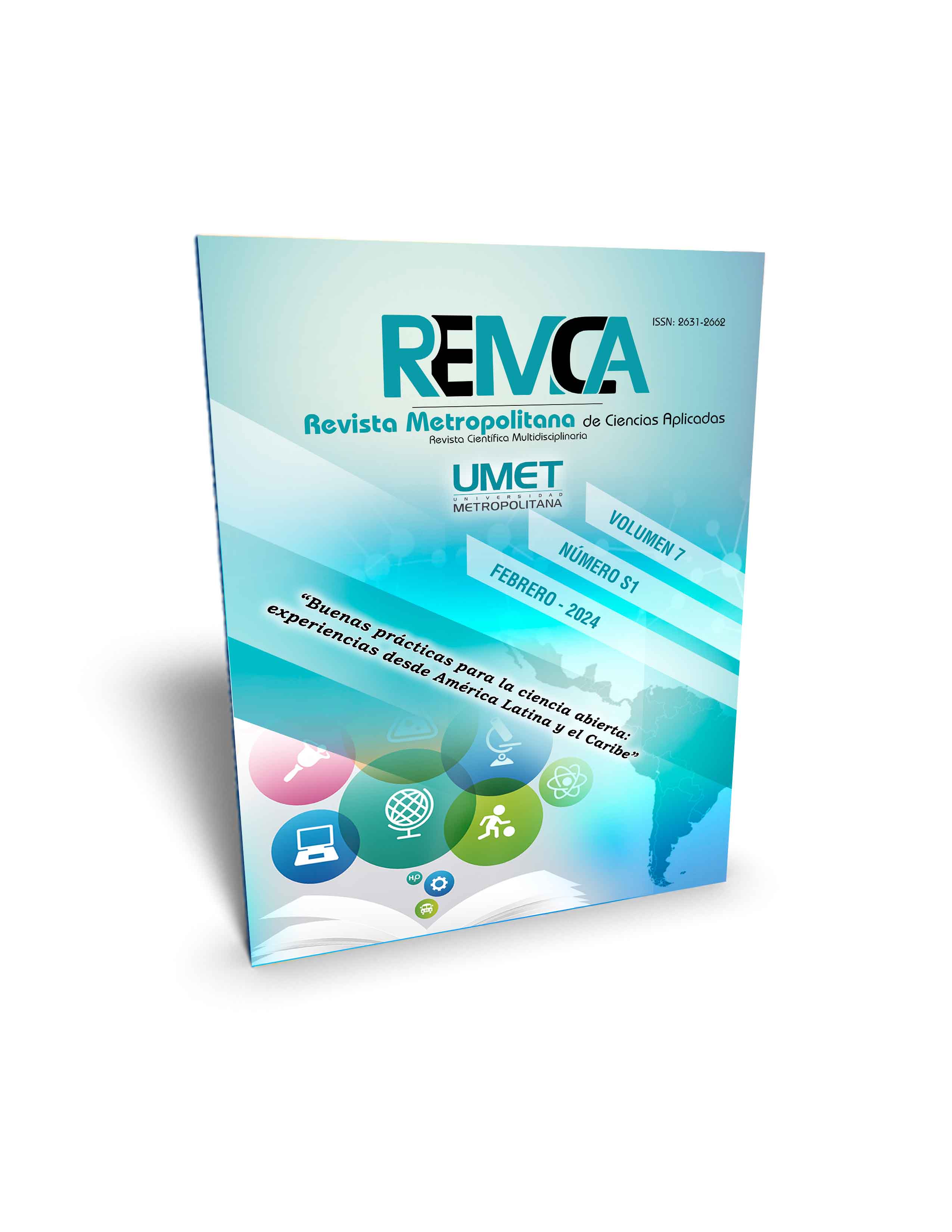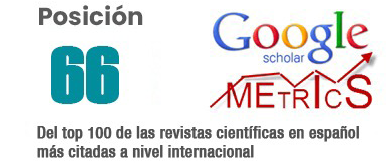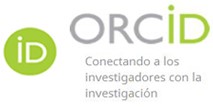Assessment of the evidence against the fixation of tenure
DOI:
https://doi.org/10.62452/1n641276Keywords:
Best interests of the child, evidence, possession, assessment of evidenceAbstract
In Ecuador, when the parents of a minor divorce or separate, they have to define first and foremost what will happen to their children, where they will live, and who they will live with. By tradition and custom, it has always been the mother who retains custody of the children or adolescents. However, conflicts arise between couples or ex-couples with children in common, taking into account that, in Ecuador, single-parent custody is the one that is in force and recognized within the internal regulations. Therefore, it can be seen that parents cannot always obtain custody of their children. The objective of this article is to analyze the evaluation of the evidence within the processes of establishing the possession of a child or adolescent and the implications that these have in terms of the evaluation of the evidence, the purpose of which is to ensure the best interest. of the child. For this, the synthetic analytical research method is used to identify the types of evidence that must be presented in possession trials and the assessment that judges must give to each of the means of proof. This research is carried out with a qualitative approach.
Downloads
References
Aguiar Chávez, J. C., & Lynch Becilla, K. M. (2022). Valoración de la figura del matrimonio igualitario dentro del estado ecuatoriano. Dominio De Las Ciencias, 8(3), 773–788.
Beltrán, J. F., & Taruffo, M. (2005). Prueba y verdad en el derecho. Marcial Pons.
Bermeo Guambaña, M. V. (2023). La mediación prejudicial en el derecho de familia ecuatoriano a la luz del principio de interés superior del niño. (Tesis de Maestría). Universidad del Azuay.
Bermeo-Cabrera, F., & Pauta-Cedillo, W. (2020). Vulneración en el principio de igualdad en la tenencia de hijos menores de edad. Polo del Conocimiento: Revista científico-profesional, 5(8), 1114-1133.
Cárdenas León, E. M. (2022). Efectos de los medios probatorios previstos en el COGEP en un proceso de divorcio por la causal de adulterio, en el ámbito de la valoración de la prueba. (Tesis de licenciatura). Universidad Central del Ecuador.
Corte Constitucional del Ecuador. (2021). Caso No. 28-15-IN. http://esacc.corteconstitucional.gob.ec/storage/api/v1/10_DWL_FL/e2NhcnBldGE6J3RyYW1pdGUnLCB1dWlkOicwNDI2ODI1NC1lYWJlLTQwYWYtYmFkOS0zNjFhODlmMTRmNDEucGRmJ30=
Delgado, V. (2018). La Tenencia del menor de edad a padres de diferentes países entre Ecuador y Europa. Espirales revista multidisciplinaria de investigación, 2(19), 30-39.
Ecuador. Asamblea Nacional Constituyente. (2008). Constitución de la República de Ecuador. Registro Oficial 449. https://www.oas.org/juridico/pdfs/mesicic4_ecu_const.pdf
Ecuador. Congreso Nacional. (2003). Código de la Niñez y Adolescencia. Registro Oficial No. 737. https://biblioteca.defensoria.gob.ec/bitstream/37000/3365/1/C%c3%b3digo%20de%20la%20Ni%c3%b1ez%20y%20Adolescencia%20%2817-01-2022%29.pdf
Gutiérrez, A. (2004). Evolución histórica de la tutela jurisdiccional del derecho de alimentos. Foro: Revista de Ciencias Jurídicas y Sociales, 143-176.
López, V. (2022). Influencia del Síndrome de Alienación Parental en los procesos de variación de tenencia y régimen de visitas en los juzgados mixtos y civiles del Perú, 2020. (Trabajo de titulación). Universidad Nacional De Ucayali.
Ramírez, C. (2017). Apuntes sobre la prueba en el COGEP. https://www.cortenacional.gob.ec/cnj/images/Produccion_CNJ/La%20prueba%20en%20el%20COGEP.pdf
Rivera Calva, K. P. (2016). La Tenencia del menor de edad a padres de diferentes países entre Ecuador y Europa. (Trabajo de titulación). Universidad Central del Ecuador.
Downloads
Published
Issue
Section
License
Copyright (c) 2024 Jorge Fernando Morales-Alvarado, Karina Dayana Cárdenas-Paredes (Autor/a)

This work is licensed under a Creative Commons Attribution-NonCommercial-ShareAlike 4.0 International License.
Authors who publish in Revista Metropolitana de Ciencias Aplicadas (REMCA), agree to the following terms:
1. Copyright
Authors retain unrestricted copyright to their work. Authors grant the journal the right of first publication. To this end, they assign the journal non-exclusive exploitation rights (reproduction, distribution, public communication, and transformation). Authors may enter into additional agreements for the non-exclusive distribution of the version of the work published in the journal, provided that acknowledgment of its initial publication in this journal is given.
© The authors.
2. License
The articles are published in the journal under the Creative Commons Attribution-NonCommercial-ShareAlike 4.0 International License (CC BY-NC-SA 4.0). The terms can be found at: https://creativecommons.org/licenses/by-nc-sa/4.0/deed.en
This license allows:
- Sharing: Copying and redistributing the material in any medium or format.
- Adapting: Remixing, transforming, and building upon the material.
Under the following terms:
- Attribution: You must give appropriate credit, provide a link to the license, and indicate if any changes were made. You may do this in any reasonable manner, but not in any way that suggests the licensor endorses or sponsors your use.
- NonCommercial: You may not use the material for commercial purposes.
- ShareAlike: If you remix, transform, or build upon the material, you must distribute your creation under the same license as the original work.
There are no additional restrictions. You may not apply legal terms or technological measures that legally restrict others from doing anything the license permits.




